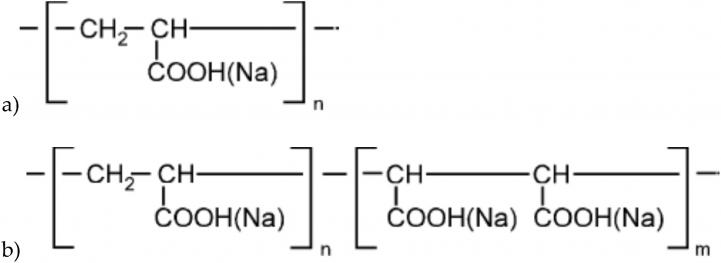Kristin DiNicolantonio – 202.662.2526 (office) 202.809.0836 (mobile)
- Outcomes of negligible environmental risk mean consumers can feel confident about the safety of these ingredients going down the drain.
- Results were consistent with assessments by authoritative bodies around the world.
The study, “Environmental risk assessment of polycarboxylate polymers used in cleaning products in the United States,” is published in Chemosphere and is now available via open access. The research was conducted by American Cleaning Institute (ACI), Integral Consulting, Inc. and The Procter and Gamble Company.
Water-soluble polymers are important ingredients providing multiple functions and unique performance benefits to cleaning products. Polycarboxylate polymers are found in laundry products and automatic dishwashing products to improve performance by preventing redeposition of soil. They have played a role in recent years replacing phosphates, which were phased out of laundry and dish care products in past decades.
With interest heightened in the potential environmental impact of polymers ACI is assessing the state of the science regarding their environmental safety.
In this study, acrylic acid homopolymers and acrylic acid-maleic acid copolymers are evaluated using historical ecotoxicity data that have been reported over the past three decades. The evaluation includes an environmental exposure assessment that is based on recent information regarding the occurrence of those ingredients in cleaning products and market sales data for cleaning products sold in the United States.
The ecotoxicity of polycarboxylate polymers is generally low. Consequently, the potential environmental risks associated with their use in cleaning products in the United States are low even when applying very conservative assumptions to the environmental exposure assessment. The PEC-PNEC (predicted environmental concentration- predicted no effect concentration) ratios were <1 for all conditions evaluated, which indicates the potential environmental risks are low.
“The alignment of findings from this screening level risk assessment with assessments by authoritative bodies from around the world supports the conclusion that current uses of polycarboxylate polymers in cleaning products do not pose a significant risk to the aquatic environment,” said Kathleen Stanton, ACI Associate Vice President, Technical & International Affairs, who is an author on the study.
In addition, there are recent supporting conclusions from assessments by the governments of Australia and Canada that polycarboxylate polymers are polymers of low concern, and the U.S. Environmental Protection Agency has included a number of polycarboxylate polymers among the ingredients on its Safer Chemical Ingredients List based on their low hazard profile.
# # #
The American Cleaning Institute® (ACI – www.cleaninginstitute.org) is the Home of the U.S. Cleaning Products Industry® and represents the $60 billion U.S. cleaning product supply chain. ACI members include the manufacturers and formulators of soaps, detergents, and general cleaning products used in household, commercial, industrial and institutional settings; companies that supply ingredients and finished packaging for these products; and chemical distributors. ACI serves the growth and innovation of the U.S. cleaning products industry by advancing the health and quality of life of people and protecting our planet. ACI achieves this through a continuous commitment to sound science and being a credible voice for the cleaning products industry.
Original post https://alertarticles.info


